
Sugar Loaf Mountain (also written as “Sugarloaf” in some sources) rises steeply above the mostly flat terrain of Leelanau County, Michigan. The 490-foot-tall “mountain” is one of the most prominent points in the region, and its steep hillsides were once home to a small ski resort.
The ski resort closed in 2000, and for the past 25 years, the future of the land has been uncertain. Many locals were worried that a wealthy developer, who purchased the land in 2016, would succeed in building a luxury resort on the property. But now, there’s good news for Sugar Loaf: if the Leelanau Conservancy can raise $8 million for trail and recreation infrastructure development, the current owner will donate the multi-million dollar property for free.
A mysterious — but generous — owner
Little has been revealed about the current owner or the value of the property, but Caleb Garone, Land Steward for the Leelanau Conservancy, shared that the property was privately purchased in 2020. Independent research by Singletracks indicates that the property was purchased via a shell corporation, designated “SPV 45 LLC, with a Delaware address, which was specifically designed to keep the identity of the new owner anonymous. In 2021, the new owner removed all of the previous ski resort infrastructure, including the chairlift, the lights, the snowmaking equipment, the base lodge — all of it, returning the land to a natural state.
Then, “the person that purchased the land approached the Conservancy and basically gave us the opportunity to create a vision for what this property could look like,” said Garone. “As we’re developing that vision, they’re saying, ‘Okay, we really love what your vision is for this property. If you can fundraise to pay for that vision, then we will donate this property to you.'”
While the property won’t officially be appraised until after the transfer is complete, Garone said that it’s easily “worth millions.”

An $8 million vision for Sugar Loaf Mountain
The Conservancy’s vision was to create a “community gathering space, which Sugar Loaf had been for so many decades, and just envisioning it in a way where it’s different than a full-service ski resort,” said Garone. Instead of a full-service resort, the land will be optimized for “quiet recreation, where it’s people on mountain bikes, people backcountry skiing, accessing the top of the hill under their own power.”
The year-round recreation plan includes backcountry skiing on the steep slopes and cross-country skiing on the flatter ground surrounding the mountain, along with an ice skating rink. But for summertime recreation, the Conservancy plans to build trails.
Currently, the plans call for about 10 miles of mountain bike-specific singletrack, with additional trails for hiking (similar to the Conservancy’s other trail system, Palmer Woods, which provides separate trails for different user groups). The planned trails are “within the summit face area,” which is a steep, sandy hillside. “Most of the trail will be probably fully armored rock, so it’s sustainable. It’s trail that’s going to stay there.”
While Palmer Woods is characterized by flow trails, Garone said they plan to build more technical trails on the steep slopes of Sugar Loaf. But in a southern zone, where “the soils are a little richer,” they’ll also build some more flow-style trails. Finally, they plan to build a pump track in the saddle below the summit.
$7.1 million down, $900,000 to go
While fundraising $8 million might sound like a tall order, the Leelanau Conservancy has been operating for 36 years, and they have deep roots in the local community. As of press time, the Conservancy has already raised $7.1 million of the needed $8M, and they’re confident they can reach the target amount.
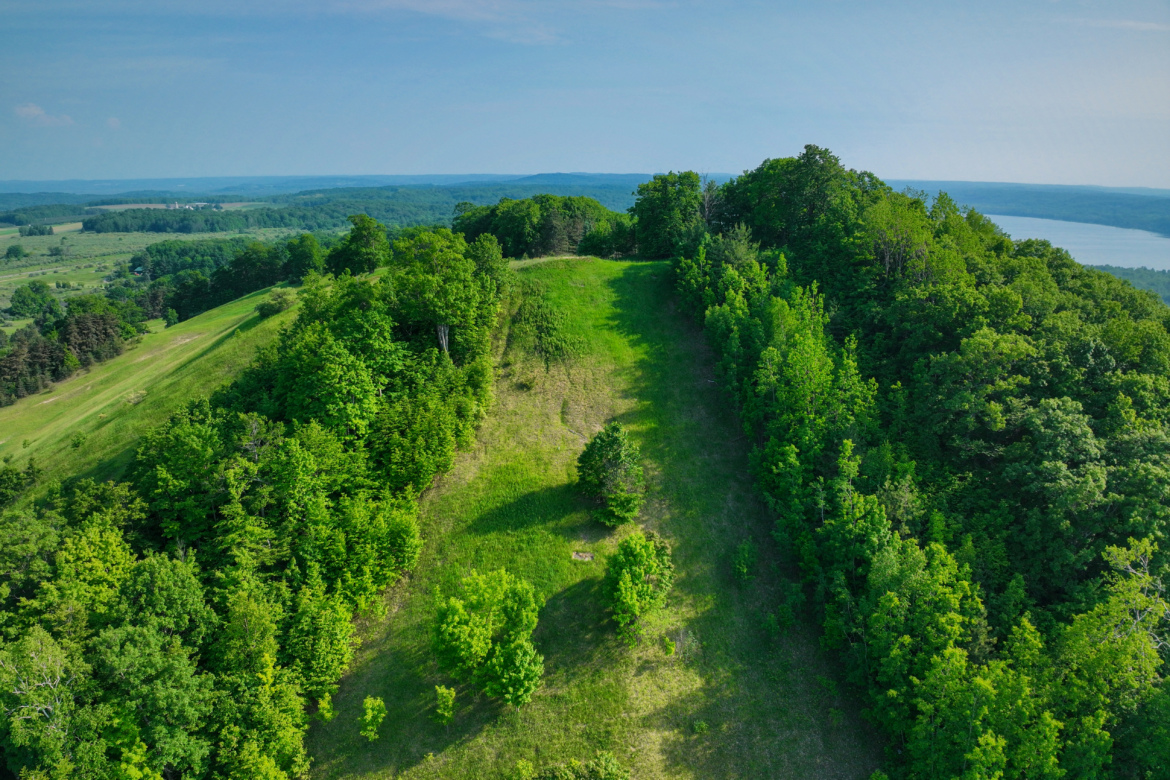
Progressive trails 🤝 ecological sustainability
This diverse trail development is intended to provide progression opportunities for local riders looking to step up from the most challenging trails at Palmer Woods. In addition, the Conservancy hopes to get the next generation into outdoor recreation. The property will also be home to a kids’ play area for the youngins, who might soon find themselves moving from playground equipment to a pump track and, eventually, singletrack trails.
Along with recreation, the Conservancy places a strong emphasis on ecological sustainability and diversity — and Garone thinks these two goals can coexist.
“I really think these couple projects have the ability to showcase what’s possible to land managers that have potentially been […] more recreation focused, [so they] can see some of some really basic strategies we’re using that improve the quality of the trail, in how it’s sustainably built, and then some of the tree planting, use of native wildflowers, grasses around these trails,” said Garone. “So I think it does create a model that others could potentially emulate, because it feels like sometimes there’s this feeling that when a trail system is being built in a spot, it’s either going to be a trail system and that’s all it is, or it’s going to be this pristine natural space. But I think both Palmer Woods and Sugarloaf will prove that you can have really strong ecological communities and really high-quality recreation within these spaces.”


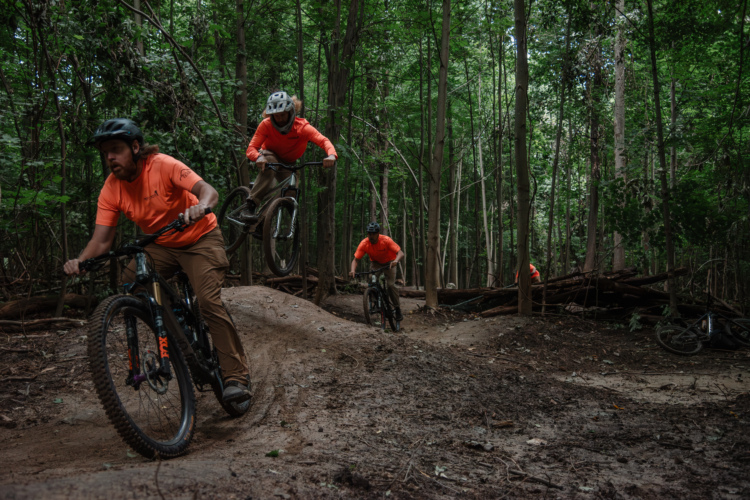

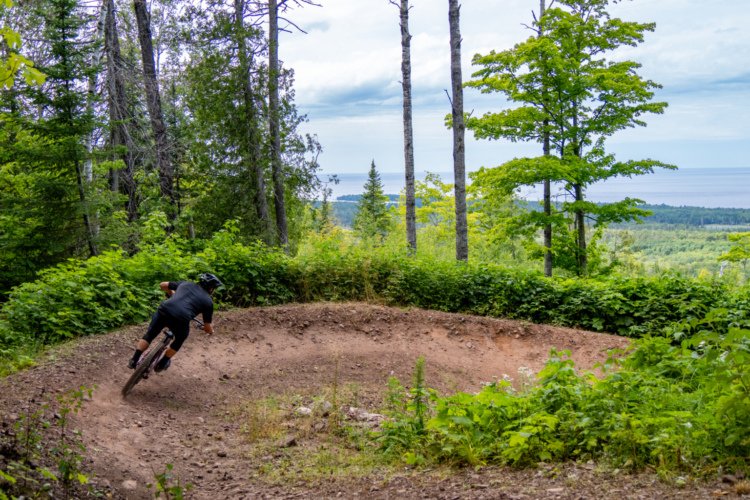

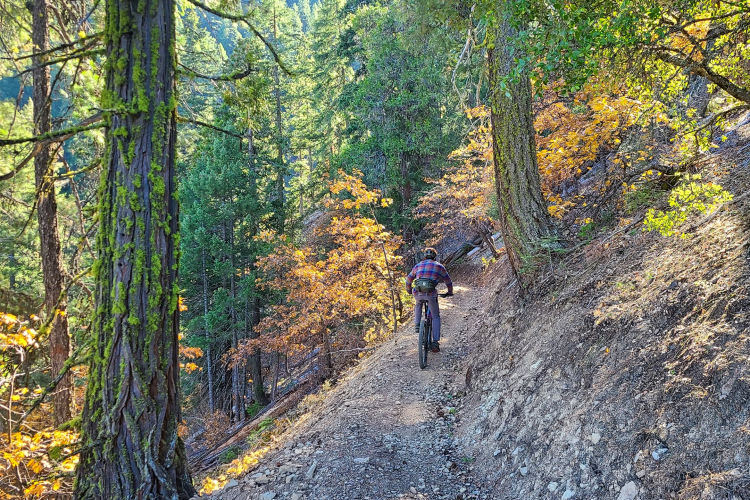

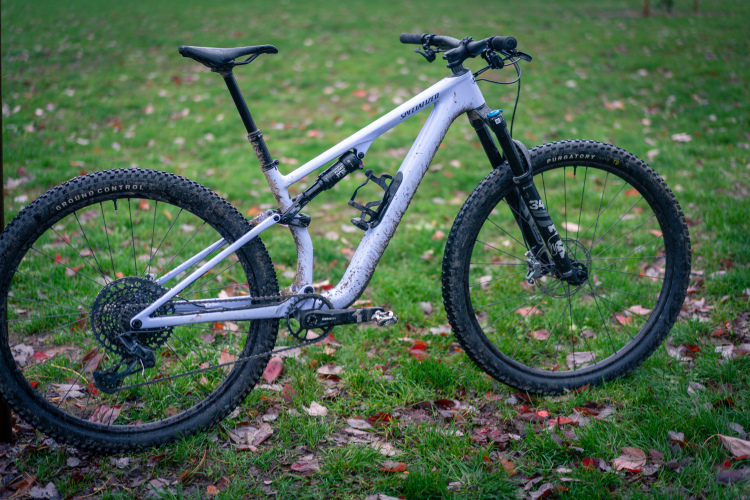


3 Comments
Aug 26, 2025
Aug 27, 2025
Aug 27, 2025